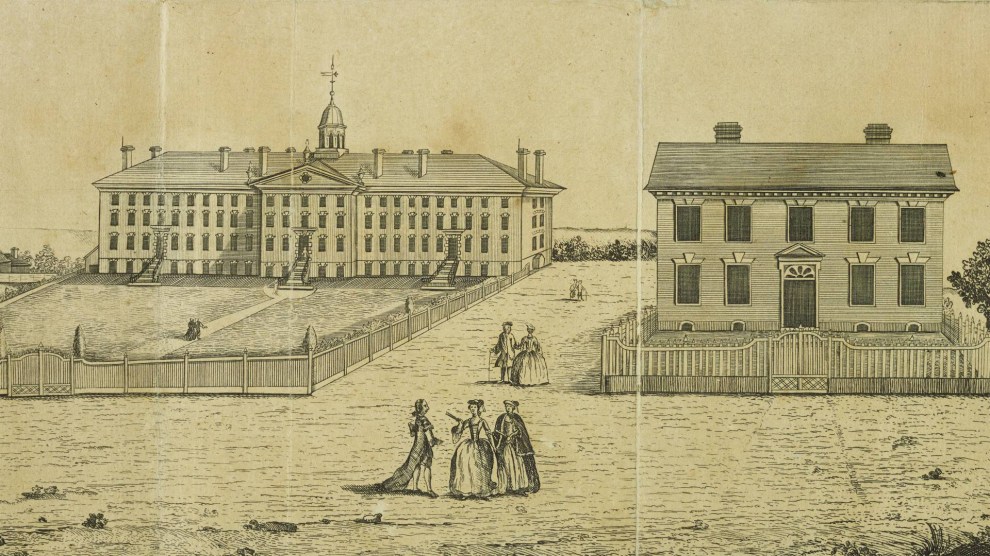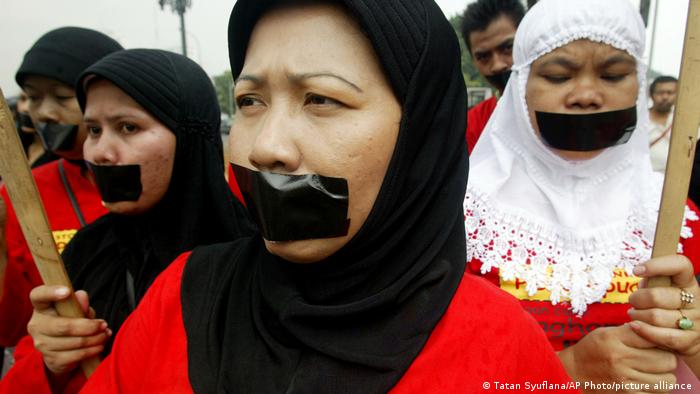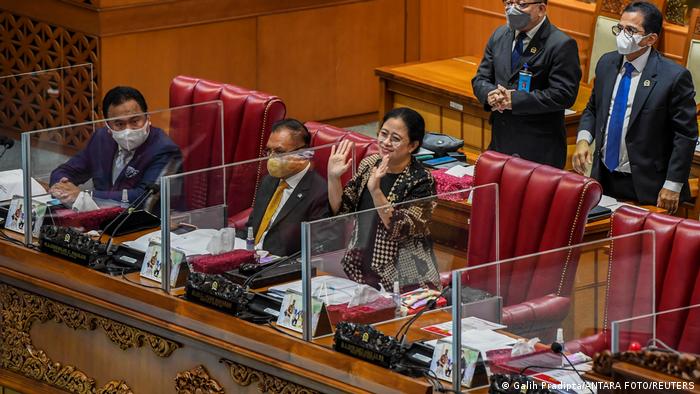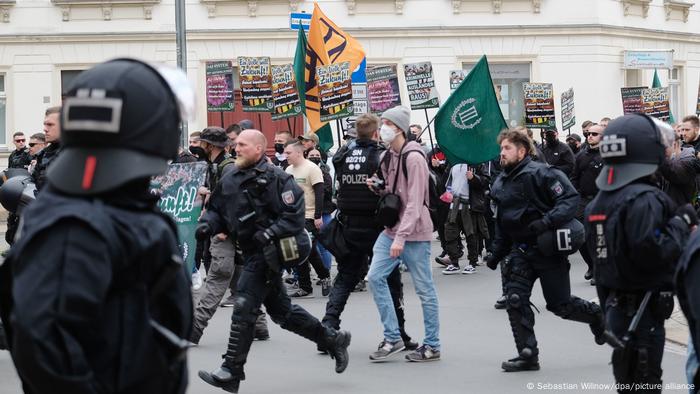By ANNE D'INNOCENZIO

This photo provided by Brooks Brothers shows a model showing a Brooks Brothers casual office wardrobe. Going back to the office, many don't want to return to structured looks like suits, zip-front pants and pencil skirts from the pre-pandemic days. But they also don't want to look unprofessional. So they're experimenting with new approaches, forcing retailers and clothing brands to respond with colorful blazers in knit or sweatshirt fabrics, pants with drawstrings or elastic bands, and new casual twists on the collared button-down dress shirt. (Matt Albiani/Brooks Brothers via AP)
NEW YORK (AP) — Blazers in knit fabrics, pants with drawstrings or elastic waists, and polo shirts as the new button-down.
Welcome to the post-pandemic dress code for the office.
After working remotely in sweats and yoga pants for two years, many Americans are rethinking their wardrobes to balance comfort and professionalism as offices reopen. They’re giving a heave-ho to the structured suits, zip-front pants and pencil skirts they wore before the COVID-19 pandemic and experimenting with new looks. That has retailers and brands rushing to meet workers’ fashion needs for the future of work.
“Being comfortable is more important than being super structured,” said Kay Martin-Pence, 58, who went back to her Indianapolis office last month in dressy jeans and flowy tops after working remotely in leggings and slippers for two years. “Why feel buttoned up and stiff when I don’t have to?”
Before COVID-19, Martin-Pence used to wear dress pants with blazers to the pharmaceutical company where she works. She’s gone back to heels, but they’re lower, and she says she will never wear dress pants again to the office.
Even before the pandemic, Americans were dressing more casually at work. The time spent in sweats accelerated the shift from “business casual” to “business comfort.”
Still, return-to-office dressing remains a social experiment, said Adam Galinsky, a social psychologist at Columbia Business School who coined the term “enclothed cognition,” or how what people wear affects how they think.
“My guess is that it will go more casual, but maybe it doesn’t,” Galinsky said. “People are going to be consciously thinking about: ‘Am I wearing the right outfit for being in the office?’ They’re going to be thinking about what they’re doing, the context they’re in, and the social comparisons of what others will be doing.”
Steve Smith, CEO of outdoor sportswear brand L.L. Bean, said people are stepping out of their “typical uniform” — whatever form that may take.
“They’re going to expect more flexible hours, to be able to work in hybrid model, and to be comfortable — as comfortable as they were at home,” he said. “Some of the office uniforms, office wardrobes, are shifting and changing. There’s no reason why it can’t be permanent.”
Data from market research firm NPD Group and retailers reflect the shifting trends.
Wire-free bras now represent more than 50% of the total, non-sports bra market in the U.S., reversing a long-term trend, according to NPD. Sales of dressy footwear have been rebounding since 2021, but they’re still 34% below 2019 levels and more likely fueled by the return of social occasions, not the office, NPD said. Instead, casual sneakers are now the most common shoes for work.
Clothing rental company Rent the Runway said rentals for blazers were up nearly twofold in February from last year, reflecting a return to offices. But its customers are choosing colorful versions like pastel and fabrics like lightweight tweed, linens and twill. It said “business formal” rentals — traditional workwear like basic sheaths, pencil skirts and blazers — are roughly half of what they were in 2019, said Anushka Salinas, president and chief operating officer.
Stitch Fix, a personal shopping and styling service, noted men are increasingly choosing options like hiking and golf pants for the office. For the first three months of the year, revenue for that type of clothing was up nearly threefold over a year ago.
Polo shirts have replaced the collared button-down for men, and there’s strong demand for pull-on pants, the company said. The ratio of elastic-waist work pants to those with buttons or zippers on Stitch Fix was one to one in 2019; now it’s three to one.


Other workers, however, are feeling excited about dressing up again.
Emily Kirchner, 42, of Stevensville, Michigan, who works in communications for a major appliance manufacturer, said she’s investing more in her wardrobe as she returns to the office. She used to wear tunic tops and leggings from Stitch Fix in the pre-pandemic days. Now, she’s turning to the service for high-end jeans, blouses and blazers.
“It’s kind of fun to dress up,” said Kirchner, who had a baby early in the pandemic and wants to wear clothes that don’t make her look like what she calls a “frumpy mom.” “It’s kind of like that back-to-school feeling.”
Retailers had to pivot to Americans’ changing demands throughout the pandemic and now again with many returning to offices. Upscale department store Nordstrom, for example, has opened women’s denim shops to highlight its expanded selection as it sees more women wearing jeans to work.
Even Ministry of Supply, a company looking to make work clothing as comfortable as exercise wear, had to make big changes. When the pandemic hit, it was stuck with piles of tailored pants and jackets in performance fabrics deemed irrelevant for a remote workforce.
The Boston-based company started by graduates from the Massachusetts Institute of Technology quickly reengineered the items, sticking in elastic waistbands and removing zippers. It also slimmed down hems on pant suits to give them “sneaker″ cuts.
As workers return to the office, Ministry of Supply is keeping those relaxed looks and sneaker cuts and has permanently eliminated zippers — all its pants have elastic waistbands or drawstrings. It’s also reinventing its tailored suit.
“The new challenge is: How do I look presentable when I am in person without sacrificing comfort?” said Gihan Amarasiriwardena, co-founder and president.
The 200-year-old haberdashery Brooks Brothers had a bigger challenge — it never followed the casual office attire trend several years ago like its rivals. Under a new owner and CEO Ken Ohashi, the company has found success in offering relaxed styles in a post-bankruptcy reinvention.
Now, 45% of its offerings are casual sportwear like sweaters and polo shirts. Before the pandemic, that figure was 25%, Ohashi said.
He said dress shirts are making a comeback as workers return to the office. But Brooks Brothers is adding a twist: a stretch version of its cotton-knit shirts with the comfort of a polo. It also is offering colorful jackets.
“The guy is attracted to novelty right now, novelty color, novelty print, novelty pattern,” Ohashi said. “Historically, that guy came in, and he was buying a navy, a charcoal and black suit. He definitely wants to mix it up. And I think that is here to stay.”
___
Associated Press writer David Sharp contributed from Freeport, Maine.


/cloudfront-ap-southeast-2.images.arcpublishing.com/nzme/TCRGDBPKAXI73SHWL4XCCOKA7I.png)








